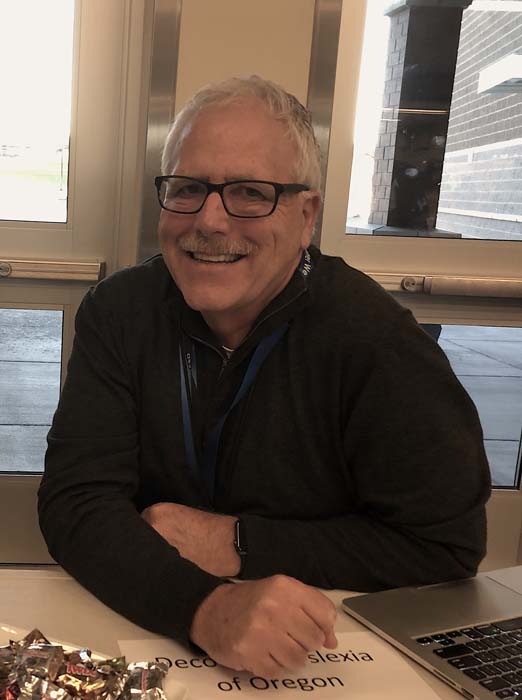Guest Column: Bring out the creativity of learning
Published 5:00 am Wednesday, December 23, 2020

- Smith
School this year looks like something we might have seen on the cartoon show “The Jetsons” from the 1960s. Students of all ages are spending hours on electronics.
One area many children need to have the opportunity to develop is imagination and creativity. These two areas have been found to aid young children in building the ability to problem-solve and develop solutions and conclusions along with resolving situations as they become older.
During a “normal school day,” students are often given time to expand their pathways in their brains during recess, music, art, or science labs. With online education happening this year due to COVID-19, many students are not having as many of those experiences. These activities provide children with the ability to problem-solve along with creating things we have possibly never thought about yet.
The great thing is that it does not take much to provide children with these activities at home. You do not need a flashy kit or tech toy or internet connection. A big box and masking tape might be all you need. The objective is to expand the creative thinking process and get them to think outside of the box.
Have you experienced spending big dollars on a dream gift only to have your child be more interested in the big box? As frustrating as this might be, your child is demonstrating their need to express their creativity and imagination. By taking a box and turning it into a spaceship, the child is expanding their cognitive understanding and ability to apply information they have gained during their lives. Giving children the freedom and chance to create and fail allows them to develop the process of problem-solving for situations they may face in the world around them.
We adults are able to help children take these processes to a higher level by posing questions to them like, “Where are you going?” Your job then becomes going along with whatever they might respond with, reasonable or not. It is also important that you do not need to point out when there is no possible way their creative answer will happen. In time they will come to that conclusion as they better understand and apply the information they gain. Allow them to experience, discover, and make adjustments.
Just a few things to remember as you take on this challenge:
1) Let the child lead the processes. If they smash the box flat, that’s okay, just ask them to explain. Remember the project does not have to be finished for the child to learn something.
2) You are the encourager. Keep comments moving the creativity and exploration forward.
3) Asking questions is your job in order to expand their imagination and creativity with the materials. If they are silent, it does not mean they are not thinking and processing.
4) Avoid being the “backseat driver” as the child is exploring.
5) You might consider providing some additional material for them, such as string, towels, pillows or a string of battery lights and see how they might use them.
6) Lastly, allow the child to tell you about their creations and explain it to you. Having them discuss and explain is where understanding and learning really take place for the child. Following with questions allows them to continue their ability to problem-solve. Remember, there is a high probability that what they created is not possible in life but let them come to that conclusion on their own because imagination and ideas are what spark new inventions.
It does not have to be a cardboard box. Grab some blankets and let the tent construction begin. Pose the question to them, “How could we make a tent?” Let the learning begin and your only job is to ask questions and allow them to discover and problem-solve.
Let the discovering begin! Set out some boxes and blankets, and let their imagination go wild.
Enjoy your holiday season. Who knows, you may have the next design for a hover car happening in your living room.
———
Dr. Scott Smith is a 40+ year Umatilla County educator and serves on the Decoding Dyslexia-OR board as their parent/teacher liaison.





